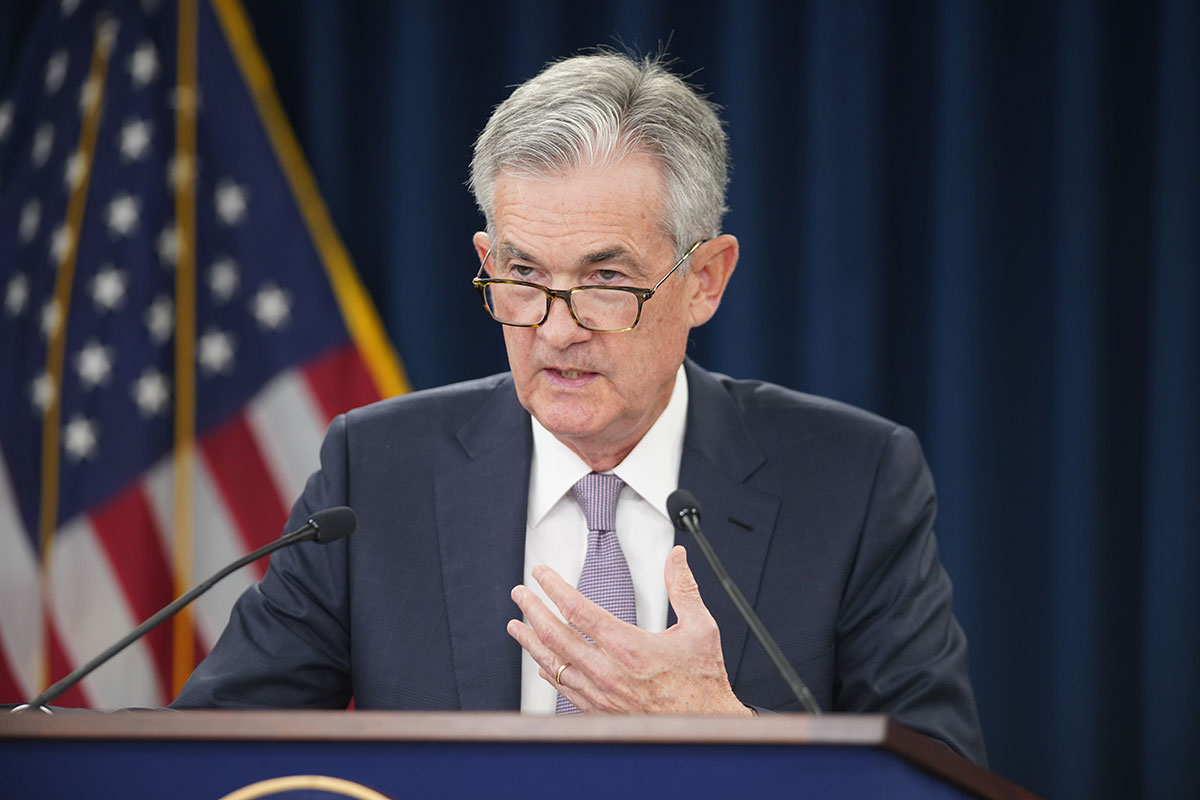Why the Fed has become wait-and-see

US inflation cooled more than expected as bond markets rallied, but the Fed is likely to remain on a long hiatus. Commentary by Tiffany Wilding, North American Economist and Allison Boxer, PIMCO Economist
The release of October's Consumer Price Index (CPI) likely strengthened the Federal Reserve's resolve to pause as the effects of restrictive monetary policy continue to impact the economy. Indeed, core US inflation cooled more than many observers expected, rising just 0.23% in October. It wasn't much below consensus, but this welcome surprise triggered a significant immediate rally in bond markets. It was also good news for Federal Reserve policymakers, who may now be more relaxed about the extended pause they have signaled.
October's US inflation and employment data are consistent with our view that growth momentum and inflationary pressures are fading. In this “post-peak” economy, cracks are beginning to appear in the U.S. resilience that has supported growth and put pressure on term premiums for much of this year. However, we continue to believe that a period of below-trend growth is likely necessary to sustainably bring inflation back towards the Fed's 2% target. The bond market rally following the release of the CPI data suggests that investors they are increasingly aware of changing macro trends.
Details on the October CPI report
Among the main factors that led to lower inflation in the month was the notional rent component (owners' equivalent rent) – an indicator of how much homeowners could charge for rent – which fell after a reacceleration surprisingly in September, while rent inflation remained stable. Travel prices remain volatile and surprised on the downside in October. Prices of basic goods fell, partly due to retail discounts in some categories and lower prices for new and used cars. Energy prices fell significantly, contributing to a flat headline CPI reading for October.
By contrast, medical services, including health insurance, saw price increases in October; food prices have also increased.
The weakening of inflation and jobs supports the Fed in its wait-and-see attitude
At their last meeting in November, Fed officials signaled an extended pause and appear to have raised the bar for future rate hikes amid tighter monetary policy and tighter financial conditions. October's inflation data, plus rising unemployment, are consistent with the slowdown in U.S. activity that Fed officials had expected.
The Fed remains focused on price stability. While the path to lower US inflation is likely to be volatile, we see two reasons why inflation risks may be more balanced over the medium term. First, commodity inflation could continue to cool, as China exports some of its deflation to the United States, retail consumers become increasingly price-sensitive, and auto prices continue to fall. Second, despite an extremely resilient and growing home for sale market, we see some downside potential in the coming months in the rental market – and it is precisely rents that are measured in US inflation reports. The supply of rental units has increased in several regions, which could put downward pressure on rents in 2024.
The CPI report didn't just bring good news to the Fed. Inflation remains sticky in key areas of particular interest to monetary policymakers: Basic services (excluding housing) increased 4.9% year-over-year in last three months. The persistent stickiness in these wage-sensitive areas reiterates our view that, despite significant gains in inflation, the labor market still needs to cool for the Fed to be able to bring inflation back to 2%. We expect the Fed to be patient and keep policy at restrictive levels until it appears clear that inflation is well on target.
Conclusion
The surprise easing of US inflation and rising unemployment are signals that bond markets appear to be picking up on: US economic resilience appears limited and, in an environment of post-peak growth and inflation, fixed income offers a Attractive return potential and resilience in the event of a downturn.
This is a machine translation from Italian language of a post published on Start Magazine at the URL https://www.startmag.it/economia/fed-attendista-inflazione/ on Sat, 18 Nov 2023 06:06:31 +0000.
